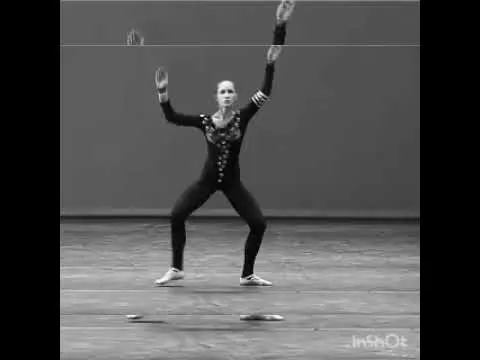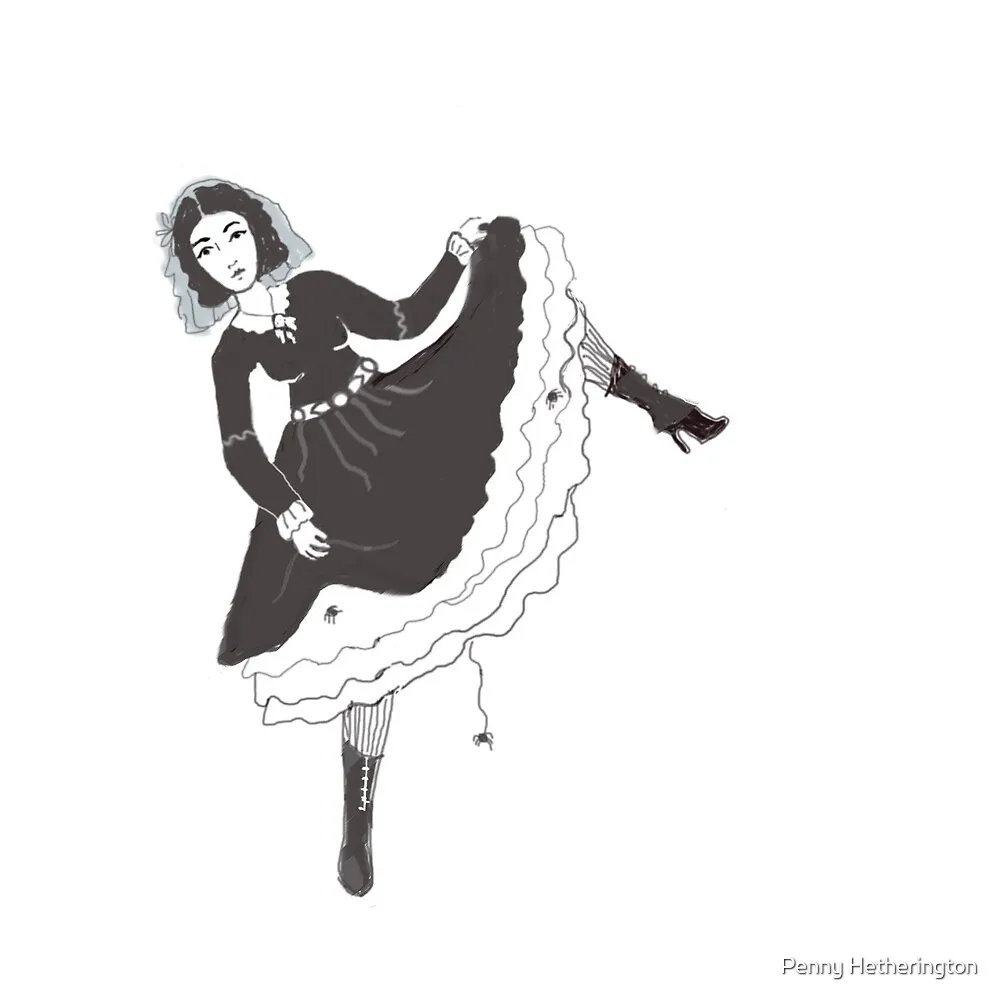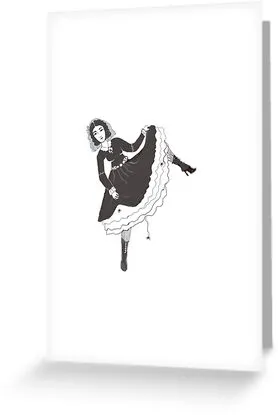What is the Tarantula Dance?
The Tarantula Dance, as popularized by Lola Montez, was far more than a simple dance; it was a carefully crafted performance meant to captivate audiences. It was not a literal portrayal of a tarantula spider, despite the intriguing name, but rather a display of agility, sensuality, and dramatic storytelling. The movements were lively, the gestures expressive, and the overall presentation was designed to challenge societal norms. Lola Montez used the dance to create a unique persona, cementing her fame and notoriety. The Tarantula Dance became a defining aspect of her identity, intriguing historians and dance enthusiasts alike. It stands as a significant chapter in the history of performance art, demonstrating the power of dance to convey complex emotions and ideas. Through this dance, Lola Montez successfully crafted an unforgettable image.
The Origins of the Tarantula Dance
The origins of the Tarantula Dance are a captivating blend of theatrical tradition and clever marketing. The name itself likely served as a hook, hinting at danger and intrigue, to draw in spectators. While some scholars suggest connections to earlier forms of folk and Spanish dances, the actual roots are firmly planted in the performance scene of the mid-19th century. The rise of theatricality and celebrity culture helped propel the Tarantula Dance to fame. Lola Montez’s performance of the dance made it a sensation. The deliberate creation of her persona was crucial to the dance’s success, as she skillfully used it to build an image that was both alluring and defiant. This dance represented a significant shift in how performances were viewed, highlighting the power of a captivating personality and the appeal of the exotic.
The Dance and Lola Montez

Lola Montez didn’t just perform the Tarantula Dance; she became its embodiment. Her version of the dance was marked by incredible energy, dramatic flair, and a mastery of captivating the audience. The suggestive movements and vibrant costumes were perfect for her crafted persona. Lola used the dance as a tool to gain fame and subvert the restrictive social expectations of the time. The Tarantula Dance allowed her to express her individuality, control her narrative, and challenge convention. This dance was not merely a performance; it was an expression of her identity and a symbol of her defiance. Her life became synonymous with the dance, securing her place as a legendary figure in the world of dance and performance.
Lola Montez and King Ludwig I
The relationship between Lola Montez and King Ludwig I of Bavaria is a captivating chapter in history. Her performances of the Tarantula Dance captivated the King, leading to a romantic relationship that would shake the political landscape. Ludwig showered her with titles and privileges, sparking resentment among the Bavarian aristocracy. This ultimately led to public unrest and her expulsion. This association showcased the power of her charm. The story of Lola Montez and King Ludwig became a symbol of the old order clashing with the new, linking their names forever in the annals of history. The political entanglement made the Tarantula Dance even more compelling, as the dance intertwined with the politics.
The Scandalous Reputation of Lola Montez
Lola Montez cultivated a reputation built on scandal and sensational performances. Her image was one of defiance and exotic allure, which made her a target of criticism. Her performances of the Tarantula Dance were perceived as provocative, while her relationships with powerful men stirred controversy. Lola was often portrayed as a dangerous woman. Yet, despite the criticism, she was also admired for her strength and her ability to challenge societal norms. Her life, filled with theatrical performances, political involvement, and disregard for convention, cemented her place as a legend. The legacy of Lola Montez continues to spark discussions about gender, power, and the nature of fame. She was a product of her time, yet her story remains incredibly relevant even today.
Lola Montez’s Influence on Dance

Lola Montez’s influence on dance extends beyond the Tarantula Dance itself. She played a significant role in promoting exotic dance forms and pushing the boundaries of theatrical performances. The impact of her style influenced future generations of dancers. The Tarantula Dance, as performed by Lola Montez, was characterized by dramatic expression and theatrical flair, setting an example for future generations. Her ability to seamlessly combine performance with personal charisma and create an unforgettable stage presence laid the groundwork for celebrity culture in dance. Her legacy continues to resonate with modern choreographers and dancers. She inspired them to challenge norms and use dance as a means of self-expression and empowerment, ensuring that her impact remains visible in the world of dance.
The Tarantula Dance Today
The allure of the Tarantula Dance endures, and it is frequently revisited in various cultural contexts. Dance historians and performers continue to analyze and attempt to reconstruct the dance. The dance’s story is told in biographies, documentaries, and stage productions, securing the story of Lola Montez and her dance. These productions frequently reimagine the dance and its symbolism, exploring themes of sensuality, independence, and the complex relationship between art and society. Even today, the Tarantula Dance serves as a symbol of the power of performance and the lasting influence of a captivating performer. Lola Montez’s legacy ensures that the story of the Tarantula Dance will continue to fascinate audiences for generations to come, making it an important part of dance history.
